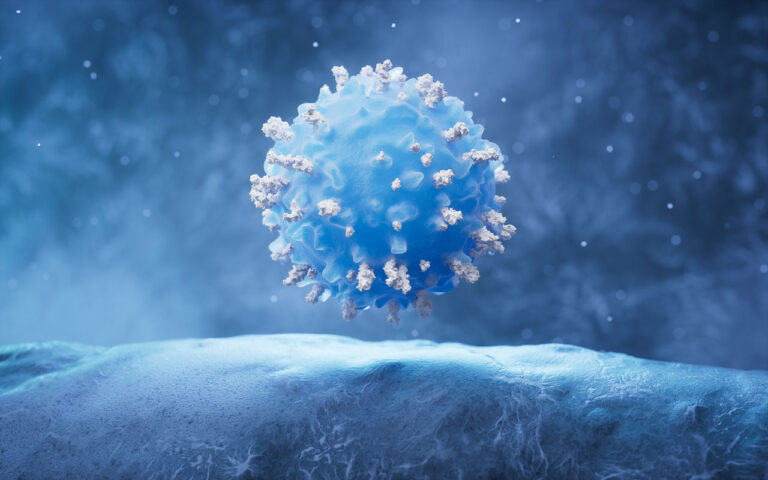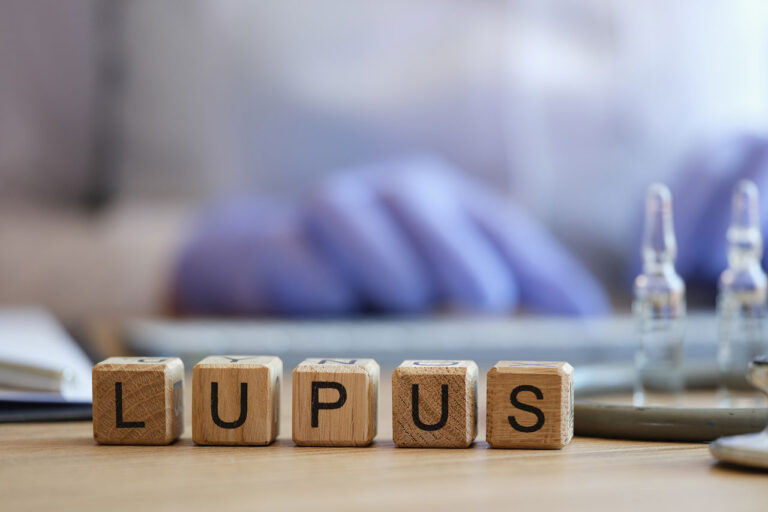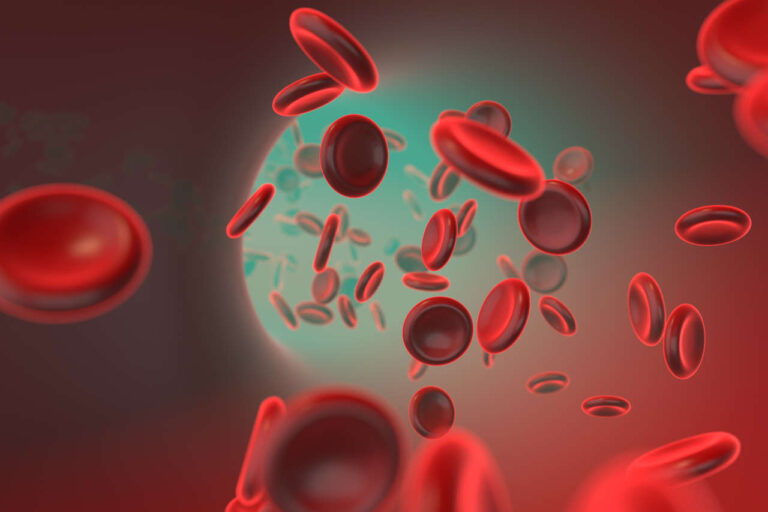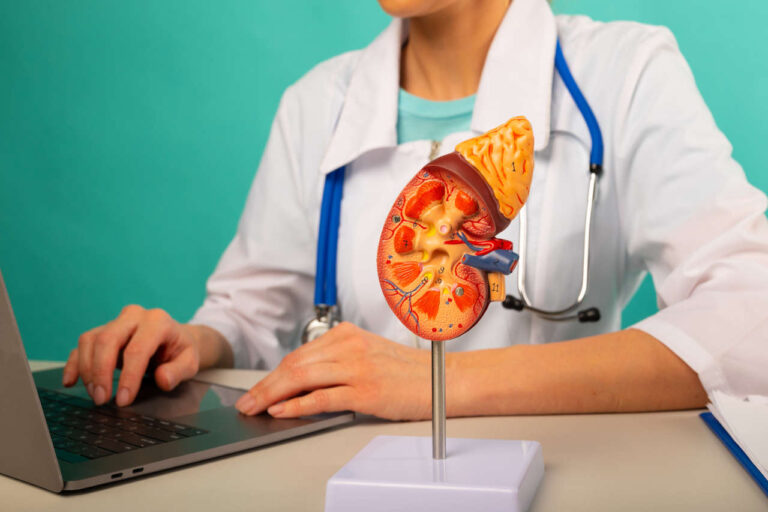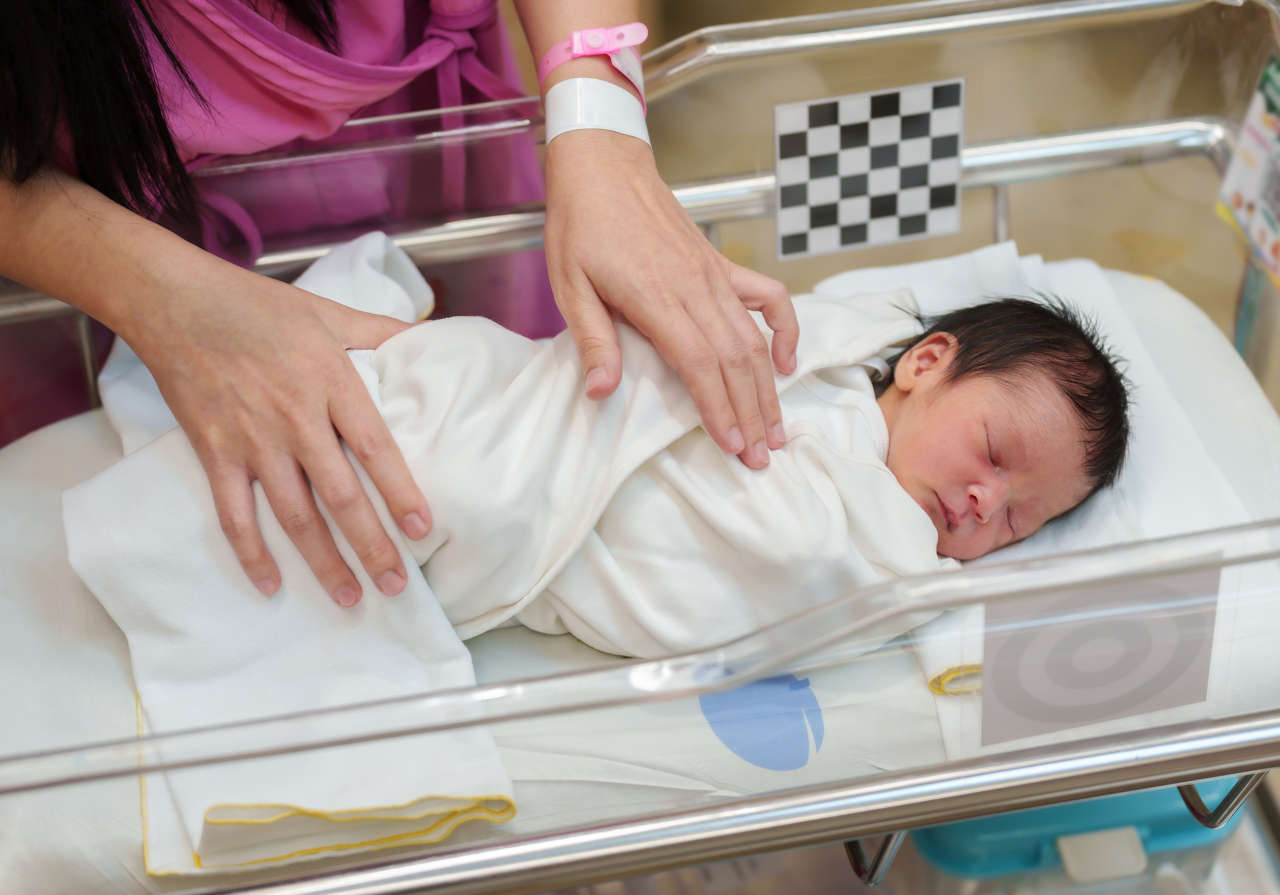
Healthcare providers sometimes recommend IVIG treatment when first-line treatment, like phototherapy, is insufficient for newborns with isoimmune hemolytic disease (HDN).
Get IVIG Prior Authorization
Isoimmune hemolytic disease of the newborn is a potentially life-threatening condition that develops when there is a blood group incompatibility between the mother and her newborn. This incompatibility causes rapid destruction of the baby’s red blood cells (hemolysis), resulting in jaundice soon after birth.
Phototherapy is the first-line treatment. When it fails to manage isoimmune HDN in severe cases, blood exchange transfusion (BET) is considered as a second-line treatment. However, BET treatment carries significant risks for newborns, and to avoid this, IVIG therapy is often considered as an adjunct therapy.
In fact, research has shown that IVIG therapy is safe and effective for patients with isoimmune HDN, as it reduces the need for more invasive and risky procedures like BET. Read on to learn what isoimmune hemolytic disease of the newborn (HDN) is and how IVIG can help newborns.
Isoimmune Hemolytic Disease of the Newborn (HDN): Overview
Isoimmune hemolytic disease of the newborn (HDN) is an immune-mediated condition in newborns. This condition typically occurs when the mother and baby have different blood types (A, B, AB, or O) and Rh factors (positive or negative).
In most cases, HDN is triggered by an Rh factor incompatibility. Rh factor is a protein (D antigen) present on the red blood cells (RBCs).
When a mother with Rh-negative (no Rh protein) blood has a baby with Rh-positive blood type (inherited from the father), the mother’s immune system sees the baby’s red cells as “foreign” and produces antibodies against them.
These antibodies cross the placenta during pregnancy and attack the baby’s Rh-positive red cells. As the antibodies destroy the red cells, the baby gets sick. This is called erythroblastosis fetalis during pregnancy. Once the baby is born, it’s referred to as isoimmune hemolytic disease of the newborn (HDN).
Soon after birth, newborns show symptoms of anemia and jaundice, like yellowing of skin/eyes due to high bilirubin (a yellow substance that is released during the destruction of RBCs).
Since the newborn’s liver is still immature and cannot process and clear excess bilirubin quickly, it starts to build up in the baby’s bloodstream, causing symptoms of anemia and jaundice.
Common Symptoms of Isoimmune HDN
The symptoms of isoimmune hemolytic disease of the newborn (HDN) may differ among infants. Some common symptoms that your newborn may show after birth include:
- Pale skin and jaundice (yellowing of skin, eyes, and umbilical cord) due to anemia
- Enlarged liver and spleen
- Lethargy
- Rapid heart rate
- Hydrops fetalis (severe swelling of the entire body)
- Kernicterus (brain damage due to high buildup of bilirubin in the blood)
Consult an IVIG Specialist
IVIG and Isoimmune Hemolytic Disease of the Newborn (HDN)
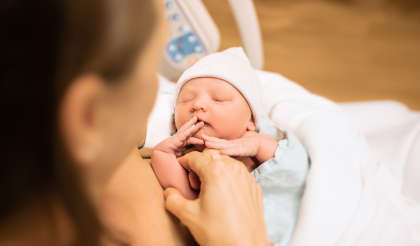
The American Academy of Pediatrics (AAP) 2022 Clinical Practice Guideline recommends that IVIG should only be used in selective, severe cases of isoimmune HDN, especially when:
- Total serum bilirubin (TSB) continues to rise despite using intensive phototherapy.
- Bilirubin levels (2 – 3 mg/dl) are close to the point where blood exchange transfusion would be needed.
- Blood exchange transfusion is either risky for the baby or is not available.
Observational and review papers report that adding IVIG to intensive phototherapy in antibody-mediated HDN (Rh or significant ABO) can slow bilirubin rise and may lessen the need for exchange transfusion in selected infants.
Similarly, previous randomized controlled trials showed that IVIG is effective in treating neonates with hemolytic jaundice and significantly reduces the need for exchange transfusions. Likewise, in a case series of 11 newborns with isoimmune hemolytic disease (HDN), when treated with 3 – 4 IVIG doses, the bilirubin levels fell below blood exchange transfusion thresholds in all cases.
Furthermore, a 2023 retrospective cohort study also reported the potential benefits of IVIG in reducing the need for exchange transfusion in isoimmune HDN. But the overall high-quality evidence is vague.
The current guidelines advise using IVIG only in selective cases of isoimmune HDN. For instance, an international panel suggested that IVIG should not be used routinely to treat Rh- or ABO-mediated HDN, but should only be considered when blood exchange transfusion cannot be readily performed.
How IVIG Works in Isoimmune Hemolytic Disease of the Newborn
The exact working mechanism of IVIG in isoimmune HDN is unclear, but research studies demonstrate that IVIG blocks macrophages (a type of immune cell involved in the destruction of the baby’s RBCs).
Newborns with isoimmune hemolytic disease have red blood cells coated with the mother’s antibodies. The baby’s immune cells (i.e., macrophages) recognize and destroy these antibody-coated RBCs, resulting in low RBCs (anemia) and high bilirubin levels (jaundice) in babies.
IVIG works by interfering with this process. The antibodies provided by IVIG treatment bind to receptor sites on macrophages and prevent them from attacking the baby’s antibody-coated RBCs.
By doing this, IVIG slows down the breakdown of the baby’s RBCs, reduces bilirubin levels, and lowers the risk of serious complications.
Recommended Dosage of IVIG for Isoimmune Hemolytic Disease of the Newborn
According to the AAP 2022 Clinical Practice Guideline and the Canadian Pediatric Society, the recommended dose of IVIG for isoimmune HDN is 0.5 – 1 g/kg given over 2 hours when the total serum levels of bilirubin increase despite intensive phototherapy or if levels are 2 – 3 mg/dl above the exchange level.
A second dose of IVIG can be given 12 hours later if needed.
Reported Adverse Effects of IVIG
IVIG treatment is generally well-tolerated. But in newborns, the stakes are high and safety matters a lot. Some earlier studies reported that IVIG may increase the risk of necrotizing enterocolitis (NEC).
Other potential adverse effects reported in neonatal case series are thrombosis, anaphylaxis, fluid shifts, and hypoglycemia.
Get IVIG Copay Assistance
Key Takeaway
Most babies with isoimmune hemolytic disease (HDN) improve with phototherapy alone. IVIG is considered only in selected and severe cases of isoimmune hemolytic disease of the newborn when phototherapy is not sufficient and blood exchange transfusion poses higher risks.
REFERENCES:
- Badran, E., Mustafa, A. B., & Alkhatib, H. (2019). Intravenous Immunoglobulins as Adjunct Treatment to Phototherapy in Isoimmune Hemolytic Disease of the Newborn: A Retrospective Case-Control Study. Journal of Clinical Medicine Research, 11(11), 760. https://doi.org/10.14740/jocmr4003
- Hall, V., Vadakekut, E. S., & Avulakunta, I. D. (2025, January 22). Hemolytic disease of the fetus and newborn. StatPearls – NCBI Bookshelf. https://www.ncbi.nlm.nih.gov/books/NBK557423/
- Okulu, E., Erdeve, O., Kilic, I., Olukman, O., Calkavur, S., Buyukkale, G., Cetinkaya, M., Ulubas, D., Demirel, N., Hanta, D., Ertugrul, S., Gultekin, N. D., Tuncer, O., Demir, N., Bilgin, L., Narli, N., Yildiz, D., Terek, D., Koroglu, O. A., . . . Society IVIG Study Group, T. N. (2022). Intravenous Immunoglobulin Use in Hemolytic Disease Due to ABO Incompatibility to Prevent Exchange Transfusion. Frontiers in Pediatrics, 10, 864609. https://doi.org/10.3389/fped.2022.864609
- Jalali, S. Z., Mahdipour, S., Asgarzad, R., & Saadat, F. (2024). Effect of intravenous immunoglobulin on the management of Rh- and ABO-mediated hemolytic disease of the newborn. Hematology, Transfusion and Cell Therapy, 46, S57-S64. https://doi.org/10.1016/j.htct.2024.03.002
- Lieberman, L., Lopriore, E., Baker, J. M., Bercovitz, R. S., Christensen, R. D., Crighton, G., Delaney, M., Goel, R., Hendrickson, J. E., Keir, A., Landry, D., Rocca, U. L., Lemyre, B., Maier, R. F., Muniz-Diaz, E., Nahirniak, S., New, H. V., Pavenski, K., Ramsey, G., . . . Shehata, N. (2022). International guidelines regarding the role of IVIG in the management of Rh- and ABO-mediated haemolytic disease of the newborn. British Journal of Haematology, 198(1), 183-195. https://doi.org/10.1111/bjh.18170
- Sharma, P., Bhatti, A., & Bakshi, V. (2023). Role of IVIg in Severe Neonatal Jaundice due to Isoimmunization: A Retrospective Cohort Study. Journal of Neonatology. https://doi.org/10.1177/09732179231151761
- Zheng, Y., Almeyda-Alejo, Y., Tumin, D., Redpath, S. J., & Guillen-Hernandez, J. (2023). Three or four doses of intravenous immunoglobulin G treatment for isoimmune hemolytic disease: A case series and literature review. Journal of Neonatal-Perinatal Medicine. https://doi.org/10.3233_NPM-230070
- Lieberman, L., Lopriore, E., Baker, J. M., Bercovitz, R. S., Christensen, R. D., Crighton, G., Delaney, M., Goel, R., Hendrickson, J. E., Keir, A., Landry, D., La Rocca, U., Lemyre, B., Maier, R. F., Muniz‐Diaz, E., Nahirniak, S., New, H. V., Pavenski, K., Santos, M. C. P. D., . . . Shehata, N. (2022). International guidelines regarding the role of IVIG in the management of Rh‐ and ABO‐mediated haemolytic disease of the newborn. British Journal of Haematology, 198(1), 183–195. https://doi.org/10.1111/bjh.18170

